Know a nature-loving teenager? Check out our selection of wildlife books for teenagers below – although if they have a specific interest, are in the mid-teens or above, or have a higher reading level, you should also check out our other book round-ups: rewilding, marine and coastal wildlife, insects and invertebrates, and mental health and wildlife.
There's a greater range of books for younger readers in this article on books for children and teenagers, covering books for children in a range of age groups. We also have reviews of gifts for children, jigsaw puzzles, and games (including card and board games).
Fantastic Beasts: Amazing Animals and the Magical Creatures of Harry Potter and Fantastic Beasts
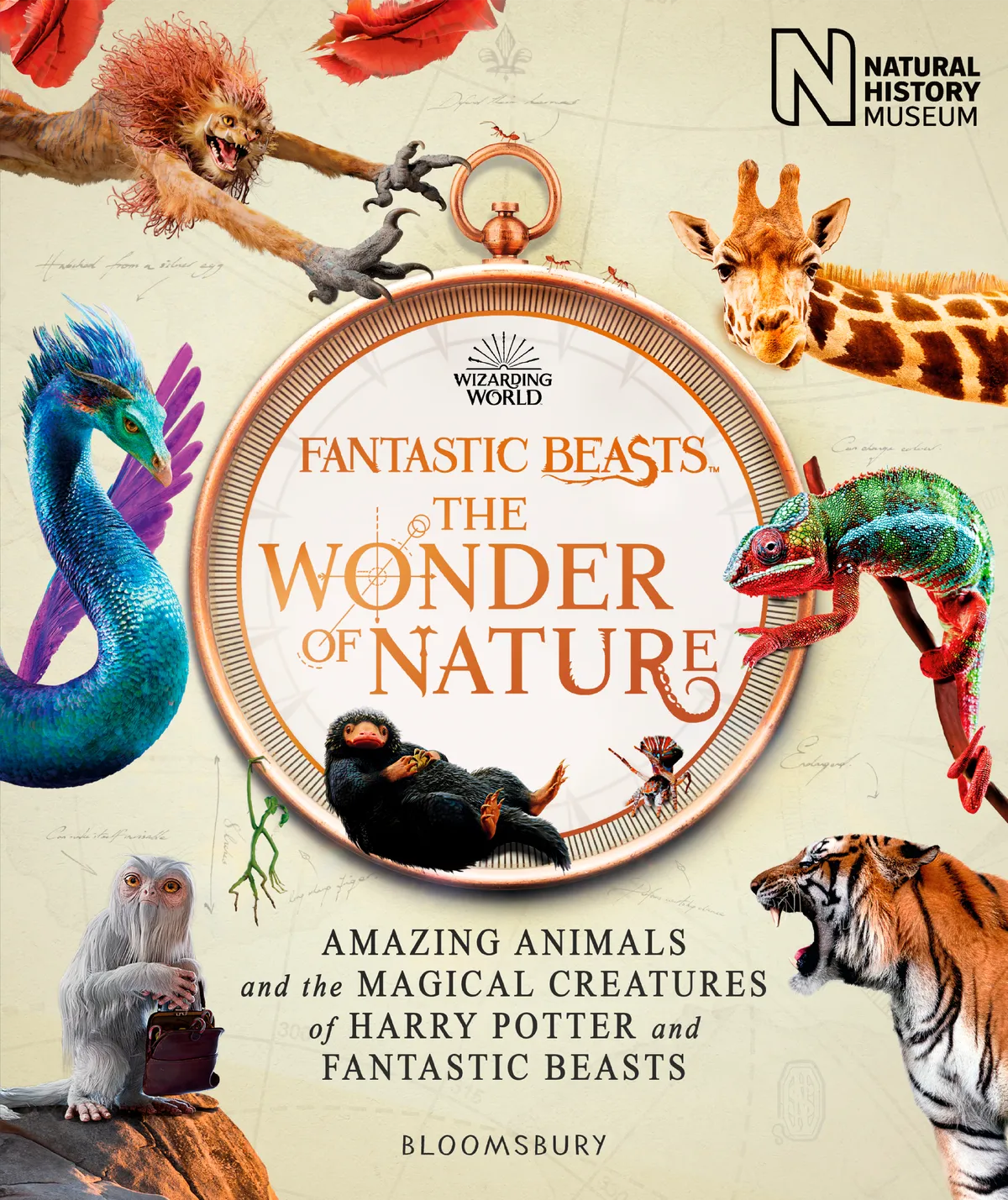
This book will be a delight for both naturalists and Harry Potter fans, and the perfect combination for those that are both. Accompanying the exhibition at the Natural History Museum in London, the book explores the magical creatures from J.K.Rowling’s Fantastic Beasts and Where to Find Them, as well as the mythological and real, but bizarre and awe-inspiring, creatures of our Muggle world.
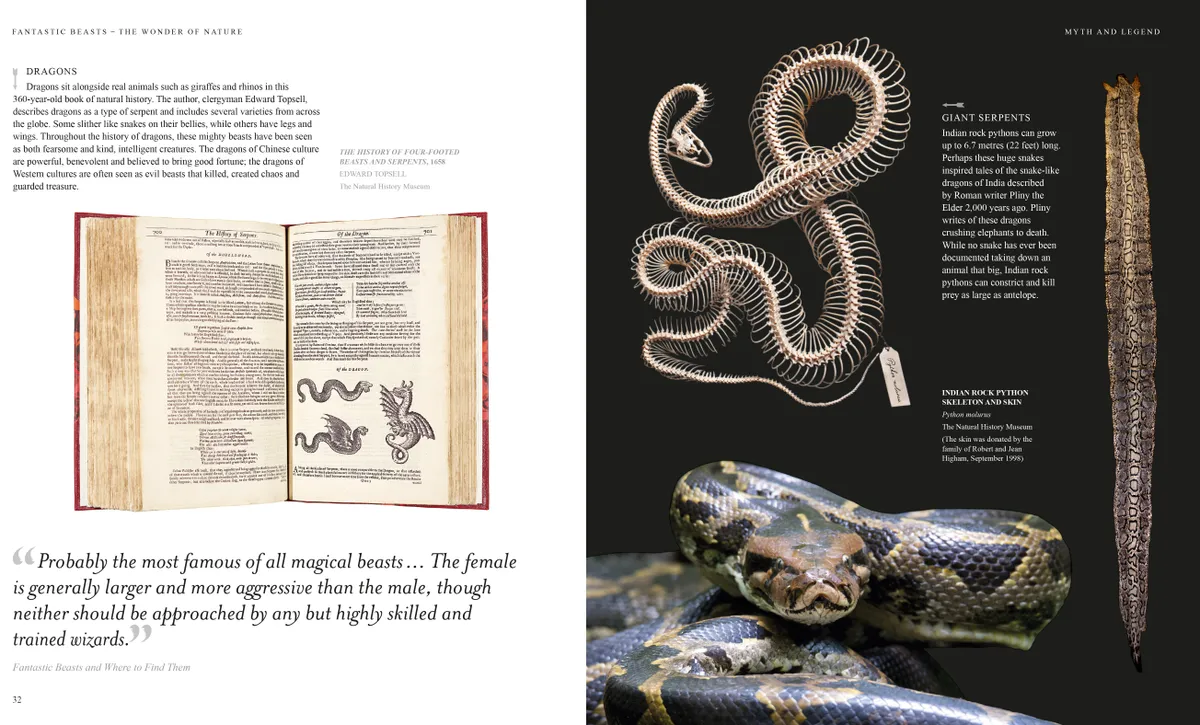
Each chapter begins with an essay, written by a range of experts and conservationists, including marine biologist Dr Helen Scales, Springwatch presenter Gillian Burke and natural history writer Patrick Barkham. Packed with a wide range of content, this is a book to return to again and again.
Reviewed by Megan Shersby, editorial and digital co-ordinator, BBC Wildlife
Diary of a Young Naturalist
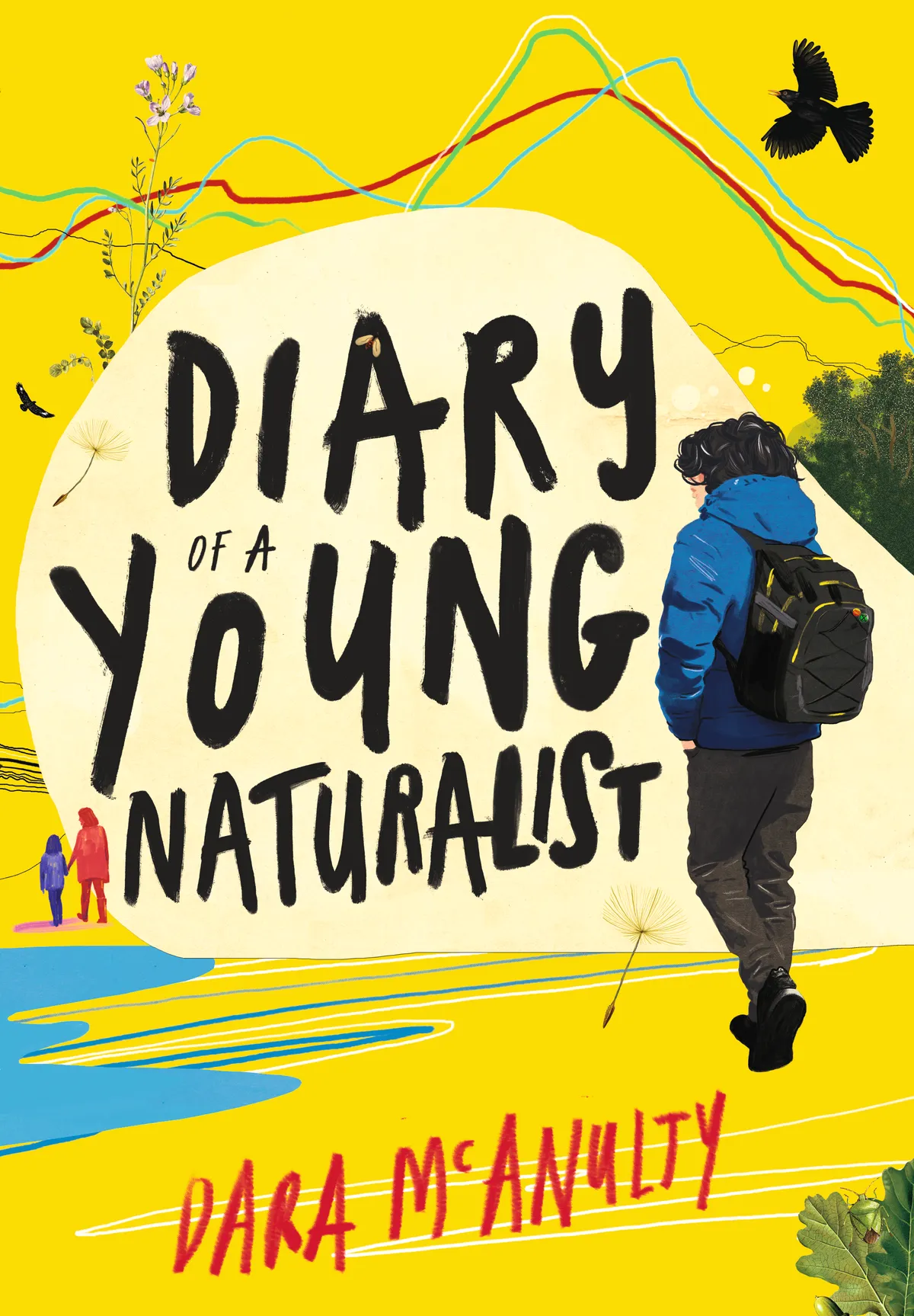
I admit I was anxious when I opened Dara McAnulty’s diary. It isn’t fair to expect greatness from a 15-year-old – let alone from one known to be painfully self-deprecating and burdened with eco-anxiety and existential angst. The book covers an ordinary, extraordinary year in which the autistic young campaigner (now 16) lingers on the brink of adulthood – still as likely to skip and clap as he is to belt out a rousing oration to thousands of people.
Dara writes of his ordinary-extraordinary family in Northern Ireland and the ordinary-extraordinary nature he loves, with passion, humour and searing eloquence. It made me laugh, cry, cringe and sigh, and reminded me startlingly of who I once was and who I once wanted (deep down still want) to be.
[Since it's published, A Diary of a Young Naturalist has received a number of awards, including the 2020 Wainwright Prize for UK Nature Writing.]
Reviewed by Amy-Jane Beer, wildlife writer
We Have A Dream
By Dr Mya-Rose Craig, illustrated by Sabreba Khadija. Published by Magic Cat Publishing.
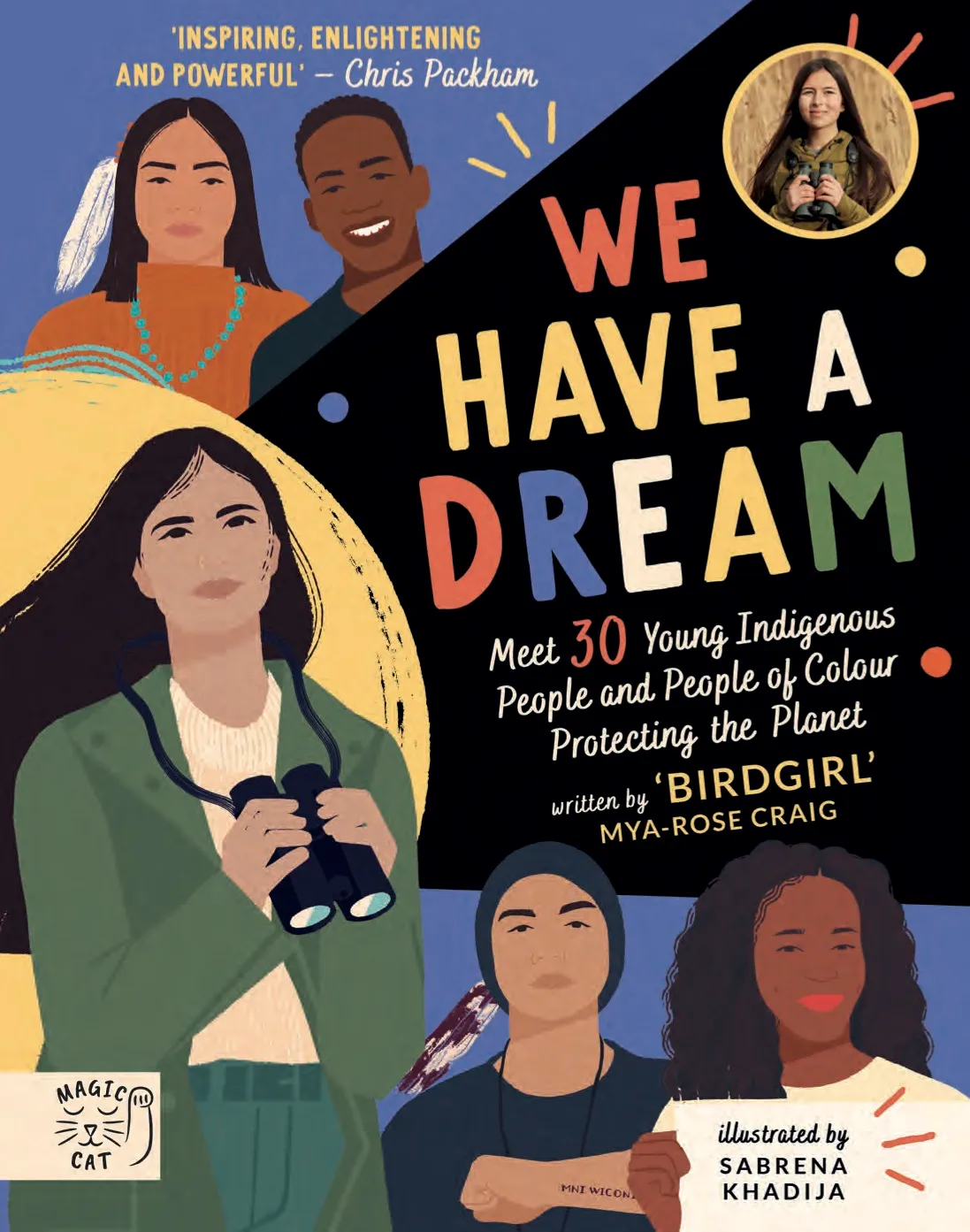
Since she was a young girl, Mya-Rose Craig has passionately advocated for the voices of young and diverse people in the environmental movement. Such vital viewpoints are often missing from these important climate change discussions. Her new book is a visceral, powerful collection of global voices from indigenous people and people of colour discussing their hopes for a better future.
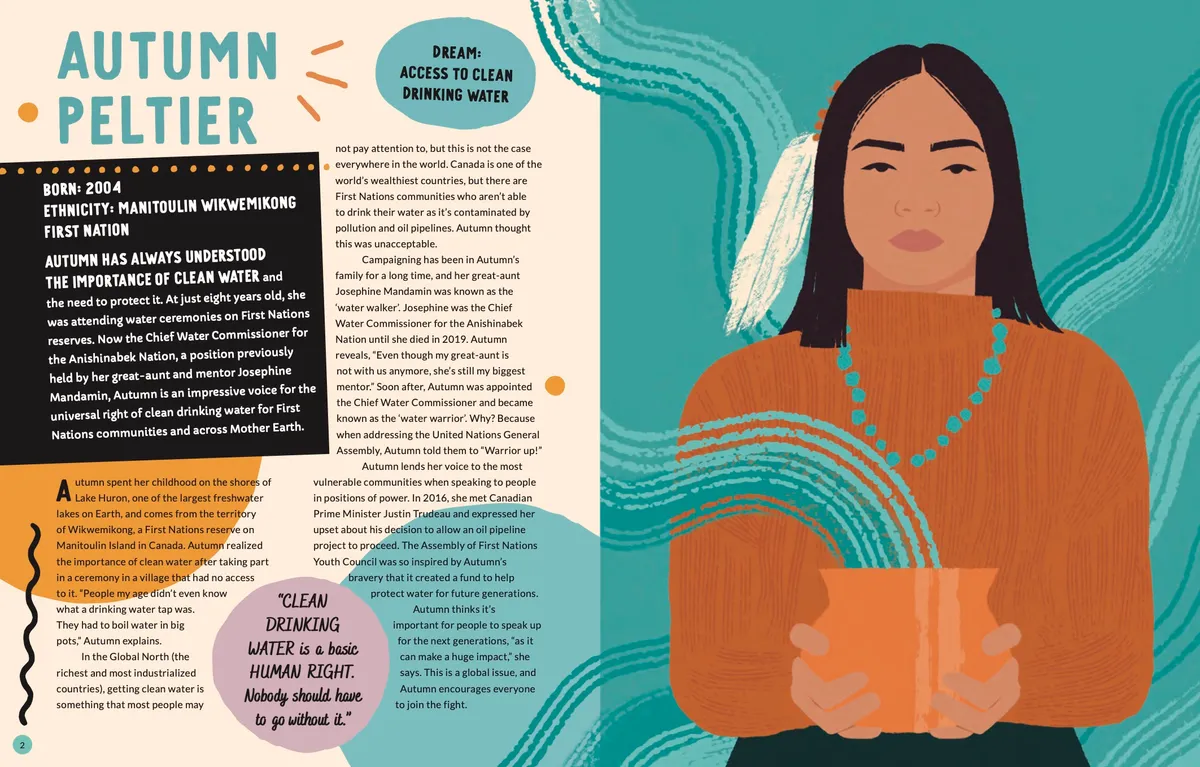
Young readers will be deeply humbled by their stories, especially those contributors who describe the impacts of climate change on their communities, such as Carlos Manuel and Caitlyn Baikiean.
The illustrations are striking and dynamic, giving force to the narrative, which centres on a call to action for the benefit of all. This is a vital and impressive read and one that will inspire climate activists, both young and old.
Reviewed by Dr Anjana Khatwa, earth scientist and presenter
Get Your Boots On
By Alex White. Published by Dived Up.
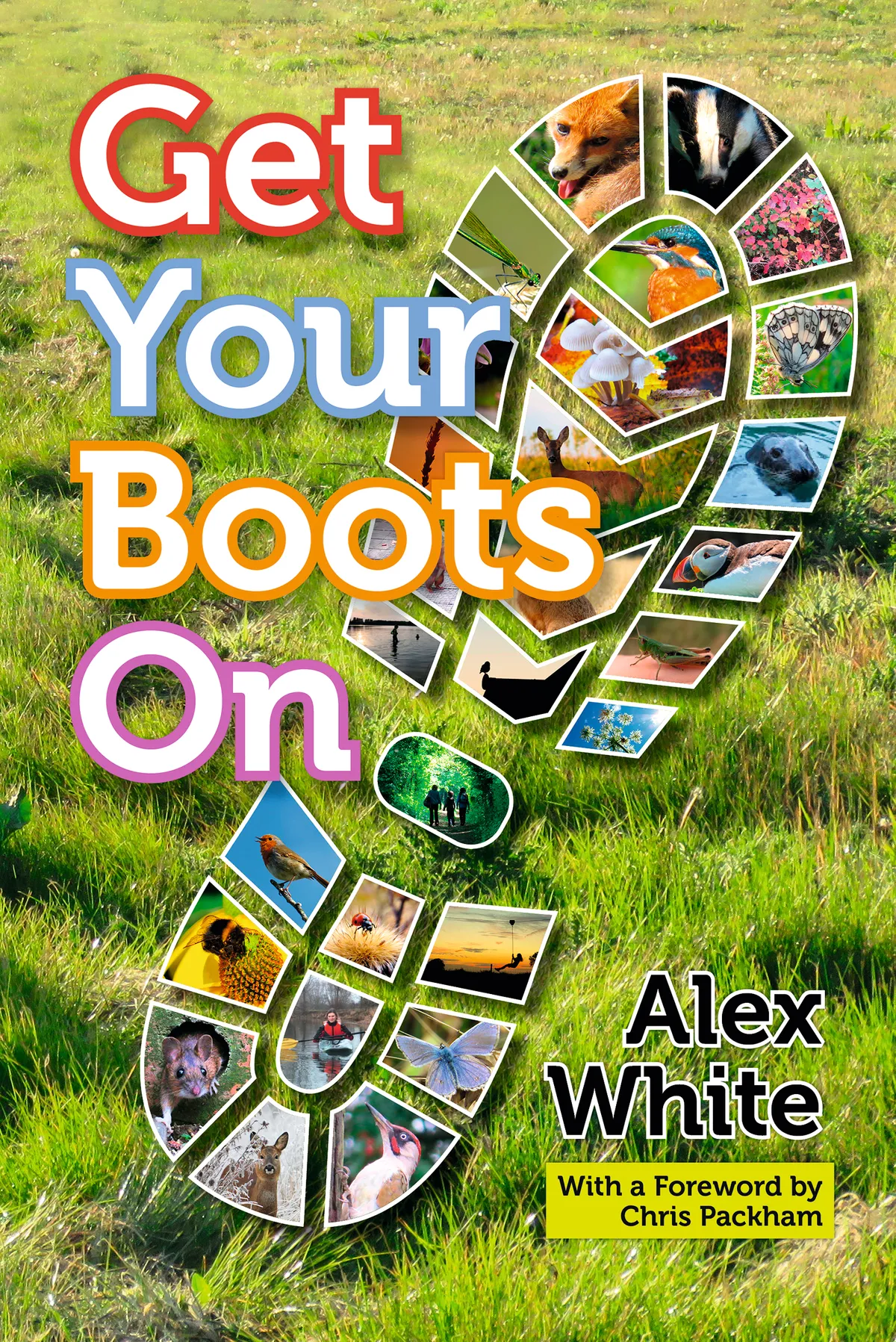
There have been so many books published about getting kids into wildlife and nature that my first reaction to Get Your Boots On was: do we need another one? But this one is different because it was written by a kid – well, okay, Alex White is a teenager, but hopefully he knows how they think.
He certainly seems to understand that some teenagers are put off wildlife- related hobbies because of what their friends think; that they rarely stop eating, and that expensive waterproof trousers can get ruined quickly out in the field.
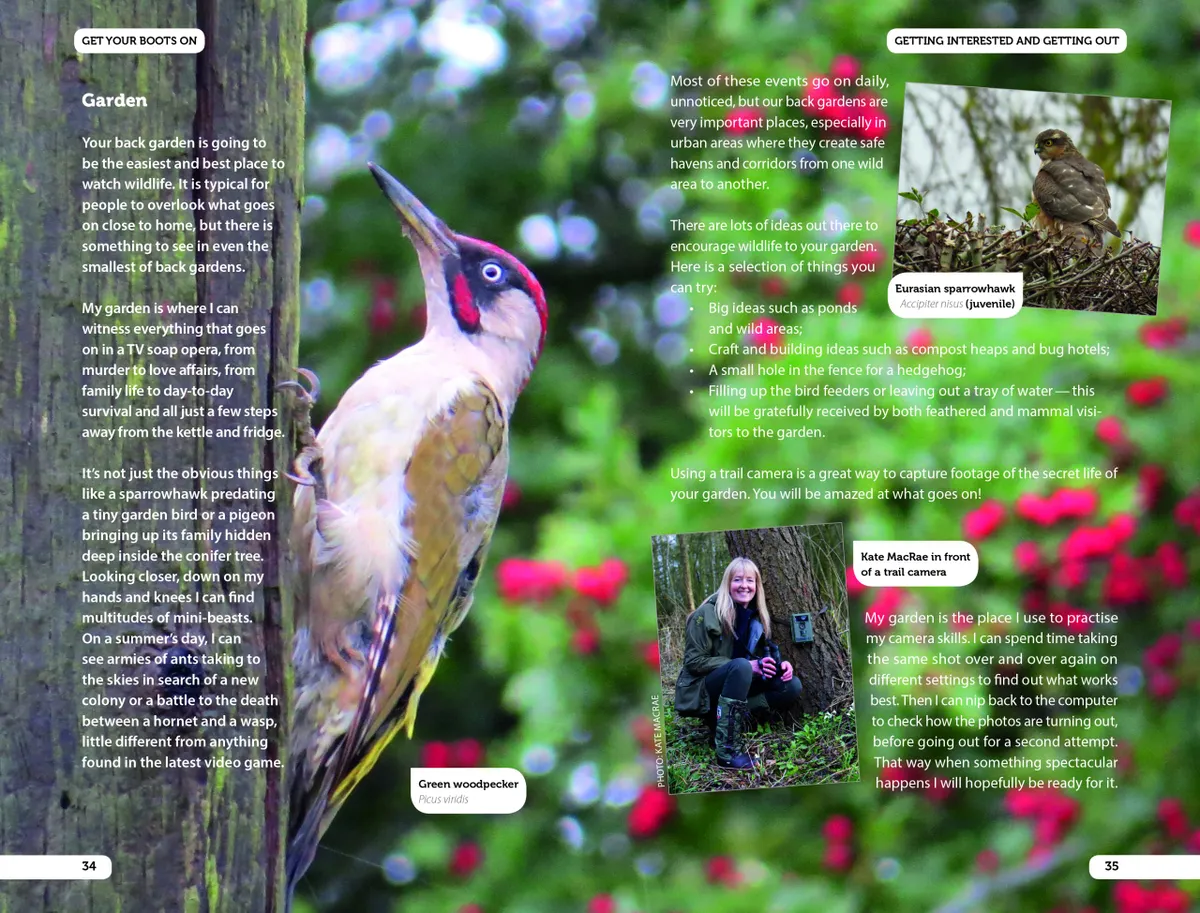
The book covers all the basics of getting into wildlife, from fieldcraft and photography tips to getting connected with like-minded people. The chances are you know someone who really wants to know more about this funny business – this book would be the perfect present.
Reviewed by James Fair, environmental journalist
Save Our Species: Endangered Animals and How You Can Save Them
By Dominic Couzens, illustrated by Sarah Edmonds. Published by Harper Collins.

Hot on the agenda of nature lovers everywhere is how to protect the wildlife we live with. Save Our Species: Endangered Animals and How You Can Save Them by Dominic Couzens is a practical guide to understanding and preserving 30 plants and animals that are on the decline in Britain, especially since the 1950s and 1960s.
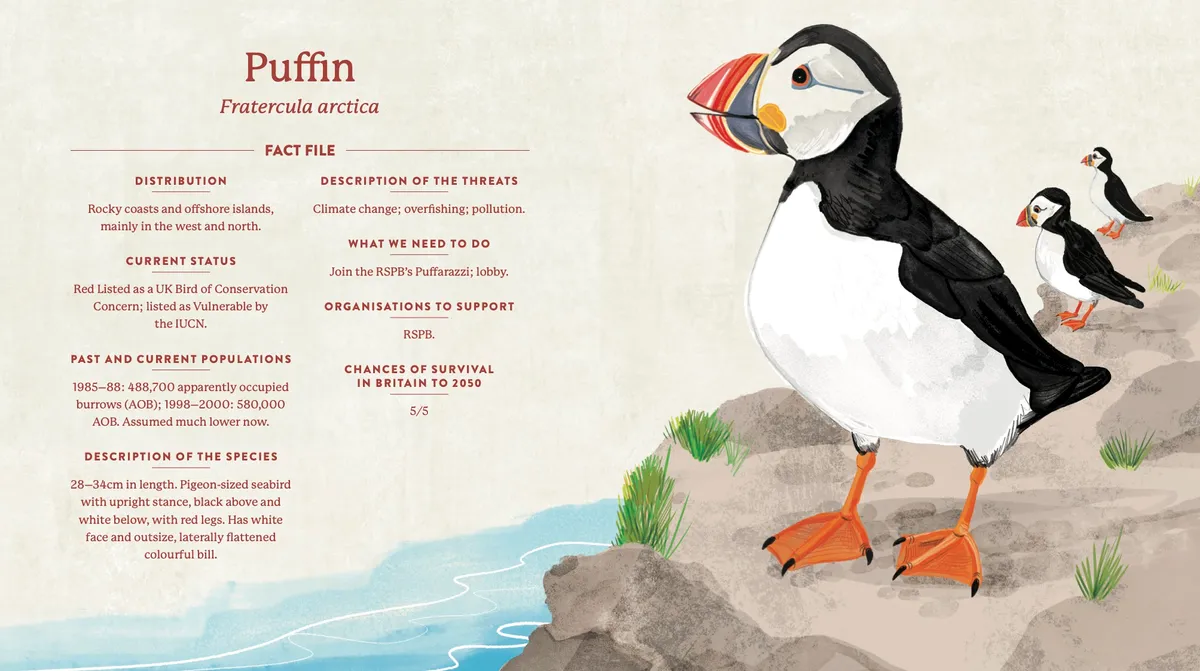
With illustrations from Sarah Edmonds, there’s loads of information about well-loved creatures like puffins, seahorses and nightingales, but there are also narratives of lesser known British animals such as the pink sea fan found in deep waters of the south-west; the shrill carder bee, now in just seven counties; and the grey long-eared bat, resident along the south coast of England.
In each fact file, Couzens offers a description of the threats posed to each species and suggestions on what we need to do to give them the best chance at survival. Throughout the book, there are examples of how to champion the environment with action and advocacy.
Reviewed by Zakiya McKenzie, nature writer
This Book Will (Help) Cool the Climate
By Isabel Thomas. Published by Wren and Rook.

If everybody followed the advice in this little book, we’d stand a good chance of tackling climate change. It is full of wise ways to change your lifestyle – from altering buying, eating and even playing habits to joining in with community projects. As I read it with my 10-year-old, I learned a lot and felt guilty.
But the aim is to empower rather than frighten; to deal with defeatist attitudes such as “nothing I do is going to make a difference”. Positive change can lead to heightened self-worth, new hobbies and new friendships, though the advice to wee on your compost heap might stretch neighbourly relations.
Reviewed by Fergus Collins, editor, BBC Countryfile Magazine
The Natural History Puzzle Book
By Dr Gareth Moore. Published by Carlton Books.
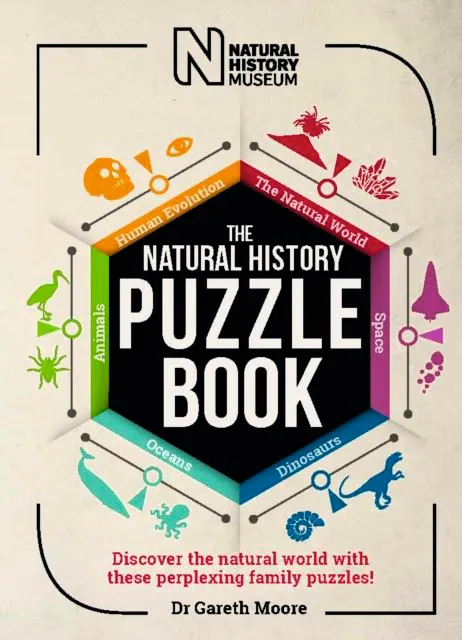
Did you know that on a clear night the human eye can see around 19 quadrillion miles into space? And that the earliest identified puzzle was written over 4,000 years ago? These and many other fascinating nuggets of information can be found in this engaging book inspired by exhibits in the Natural History Museum.
There are over 100 challenges with three levels of difficulty, from fun mazes to tricky nonograms. Colourful, beautifully designed and a mine of facts, this book is ideal for ages 8–80, making it a great choice for a family of curious minds.
Reviewed by Margaret Bartlett, production editor, BBC Countryfile Magazine
Earth Heroes
By Lily Dyer. Published by Nosy Crow.
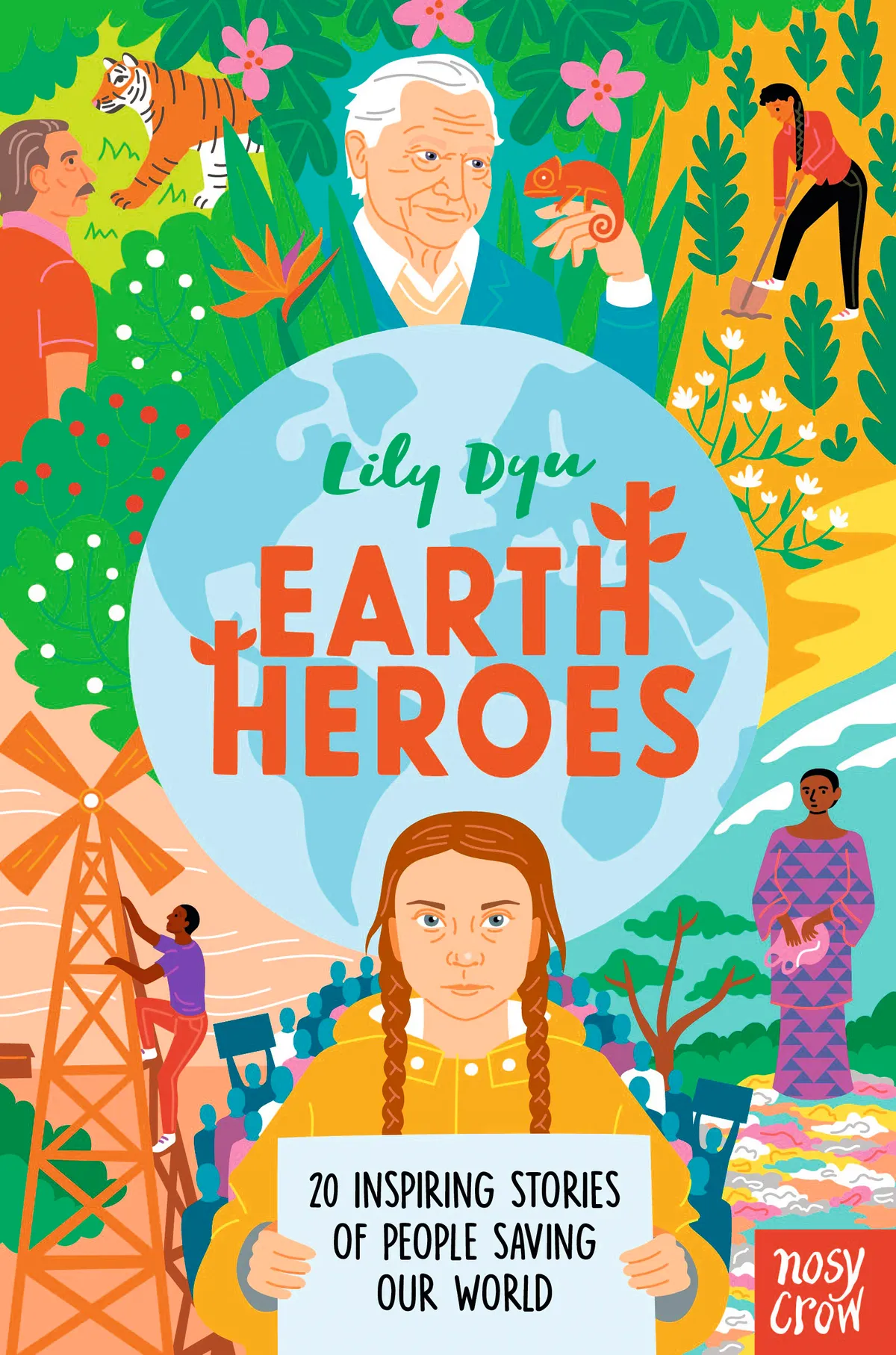
When I asked my 11-year-old who he associates with saving the planet, he instantly fired back the names David Attenborough and Greta Thunberg. Both, fittingly, are on the cover of this colourful little hardback.
But while they clearly deserve their chapters, it’s the lesser-known of the 20 heroes introduced here that I want my son to read about – such as William Kamkwamba, the 14-year-old from Malawi who built a windmill from junk; and Isabel Soares, who saved tonnes of food waste in Portugal by persuading people to eat less-than-perfect fruit.
Given the gloomy environmental prognoses our kids are growing up with, this anthology is an inspiring reminder that even small actions make a difference.
Reviewed by Sarah McPherson, section editor, BBC Wildlife Magazine
A Wild Child’s Guide to Endangered Animals
By Millie Marotta. Published by Particular Books.
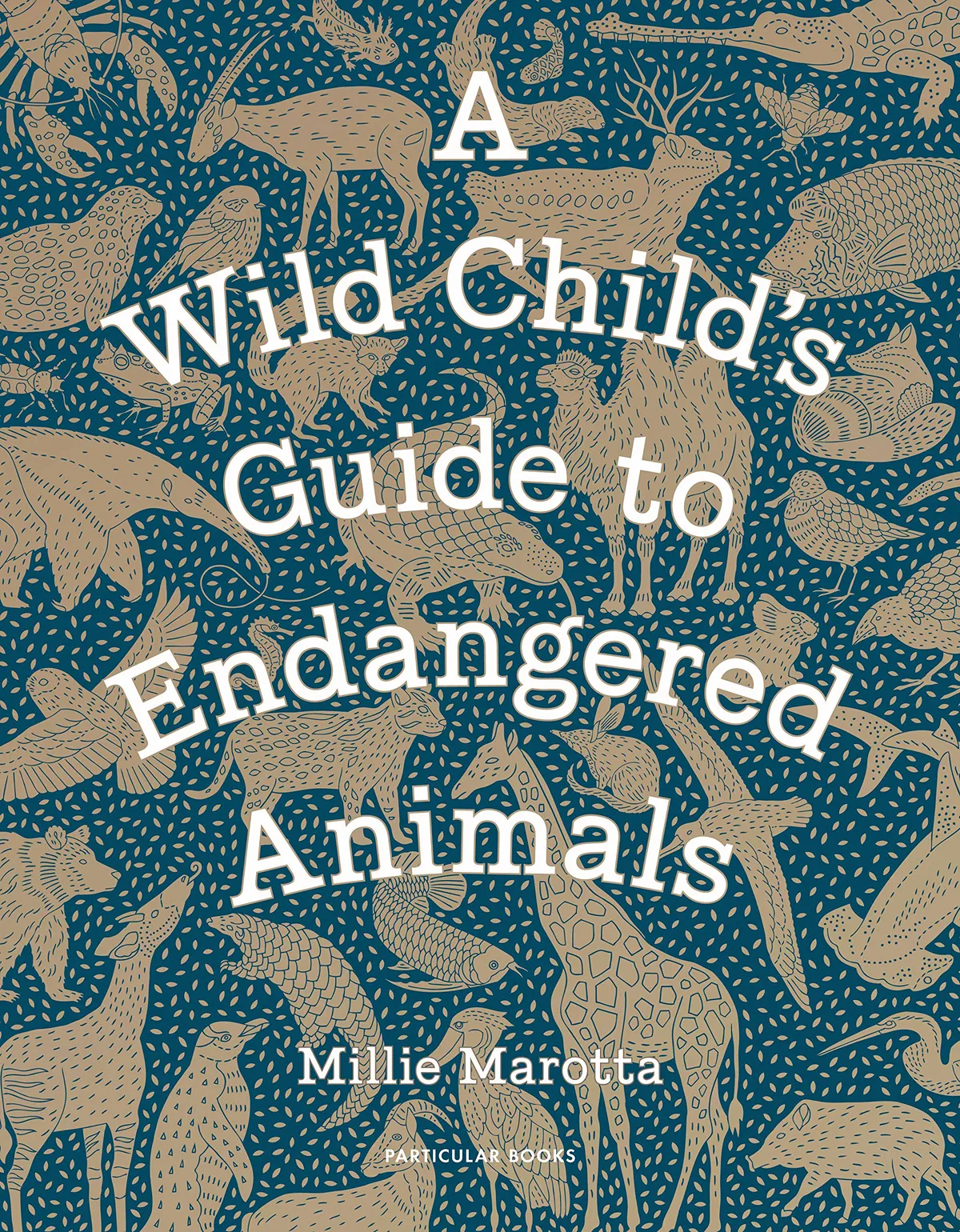
Some books seem almost wasted between covers. Here’s one I’d like to see on walls. My walls, preferably. Millie Marotta is perhaps best known for her colouring books aimed at adults, of which the first, Animal Kingdom, became a bestseller and launched a thousand imitations.
Here, she digitally colours her own work and the results are tight, technical, but brilliantly observed and extraordinarily textured, with styles borrowed from aboriginal art and beyond.
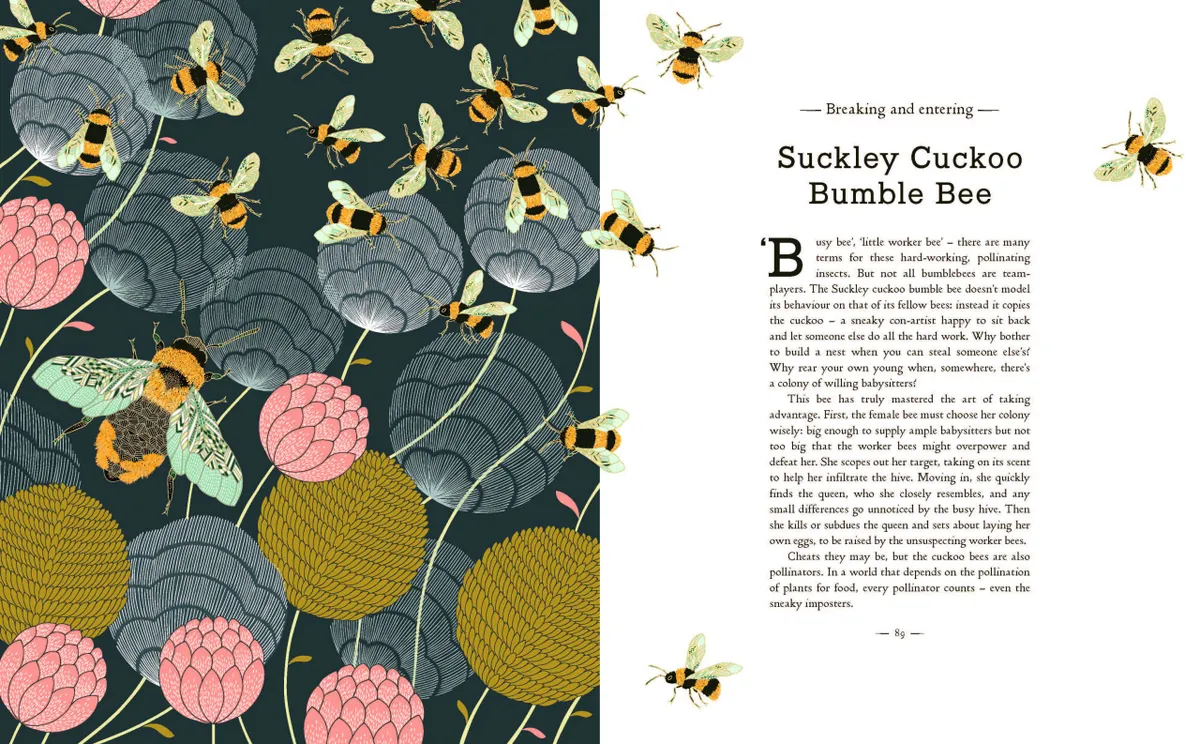
Her wandering albatross has a hint of Hokusai, and there’s something of William Morris in the axolotl. The species covered are varied, often elusive, far from obvious, and all the better for that.
My own wild child (aged 8) is already a font of wildlife facts but there was plenty in the book’s accompanying text to surprise, intrigue and delight both him and me. We don’t score books here but he gives this five out of five and so do I.
Reviewed by Amy-Jane Beer, wildlife writer
Beetle Collector’s Handbook
By M.G Leonard. Published by Big Picture Press.

Grab your sweep net and find a quiet corner because this book is written in such an engaging way that young readers need to be prepared to share it or hide it from adults! The latest book by M.G Leonard, it takes the reader on a journey of entomological discovery that is as delightful as it is educational.
Written as a beetle guide by the fictitious father, ‘Monty G Leonard’, of Darkus, a character from the author’s previous Beetle Boy series, it is packed with facts and entertaining annotations whilst lavishly sprinkled with beautiful, anatomically correct drawings.

From describing beetle species to practical tips on how to find, capture and conserve with a comprehensive entomologist’s dictionary, the pages are a pleasure to turn. It is simply bursting with everything that is Coleoptera.
Reviewed by Sally-Ann Spence, entomology educator
Does It Fart? The Definitive Field Guide to Animal Flatulence
By Dani Rabaiotti and Nick Caruso, illustrated by Ethan Kocak. Published by Quercus.
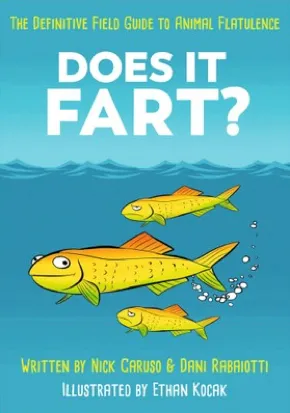
At first glance, this seems like toilet humour. And to be honest, it is. But this book is also so much more than that. Prompted by a question on Twitter about whether snakes fart, which then evolved into an online spreadsheet, this book is relatively simple – the authors discuss whether a creature can fart.
They delve into the science of why some animals fart, why some don't, why some don't but could, and which species' flatulence we just don't know about, as well as the smells, the associated behaviours and more.
It's an engrossing and surprising read for both children and adults alike. A version for younger children has also been created (paperback, £6.99): Amazon UK, Bookshop UK, Hive, Waterstones.
Reviewed by Megan Shersby, editorial and digital co-ordinator, BBC Wildlife
True or Poo? Full of Filthy Animal Facts & Falsehoods
By Dani Rabaiotti and Nick Caruso, illustrated by Ethan Kocak.

In the follow-up to their New York Times bestseller Does It Fart?, zoologist Dani Rabaiotti and ecologist Nick Caruso take on a new challenge with True or Poo?
This time they investigate a range of animal myths, some of which have perpetuated for centuries. For example, ‘scorpions can die of constipation if they shed their tails’ (true), ‘all moths eat clothes’ (poo) and ‘earwigs lay eggs in your ears’ (also poo). As usual, the fascinating scientific facts are accompanied with delightful illustrations by Ethan Kocak. A version for younger children has also been created (paperback, £6.99): Amazon UK, Bookshop UK, Hive, Waterstones.
Reviewed by Megan Shersby, editorial and digital co-ordinator, BBC Wildlife
Believe It Or Snot. The Definitive Field Guide to Earth's Slimy Creatures
By Dani Rabaiotti and Nick Caruso, illustrated by Ethan Kocak. Published by Quercus.
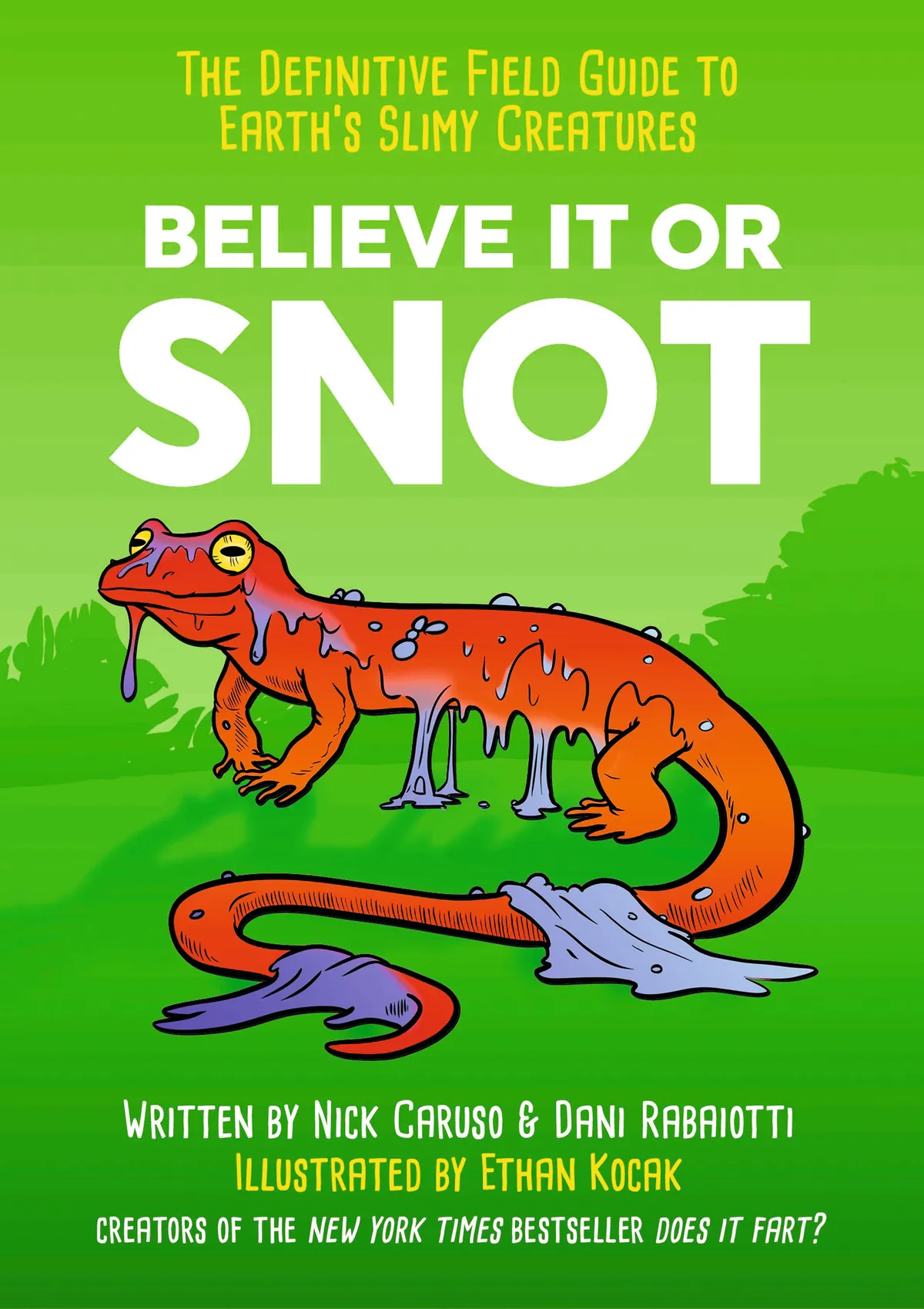
Scientists Dani Rabaiotti and Nick Caruso, along with illustrator Ethan Kocak, have teamed up once again to explore some of the weird and wonderful creatures found on our planet. In their third (and possibly final) book, they tackle the slippery subject of sliminess.
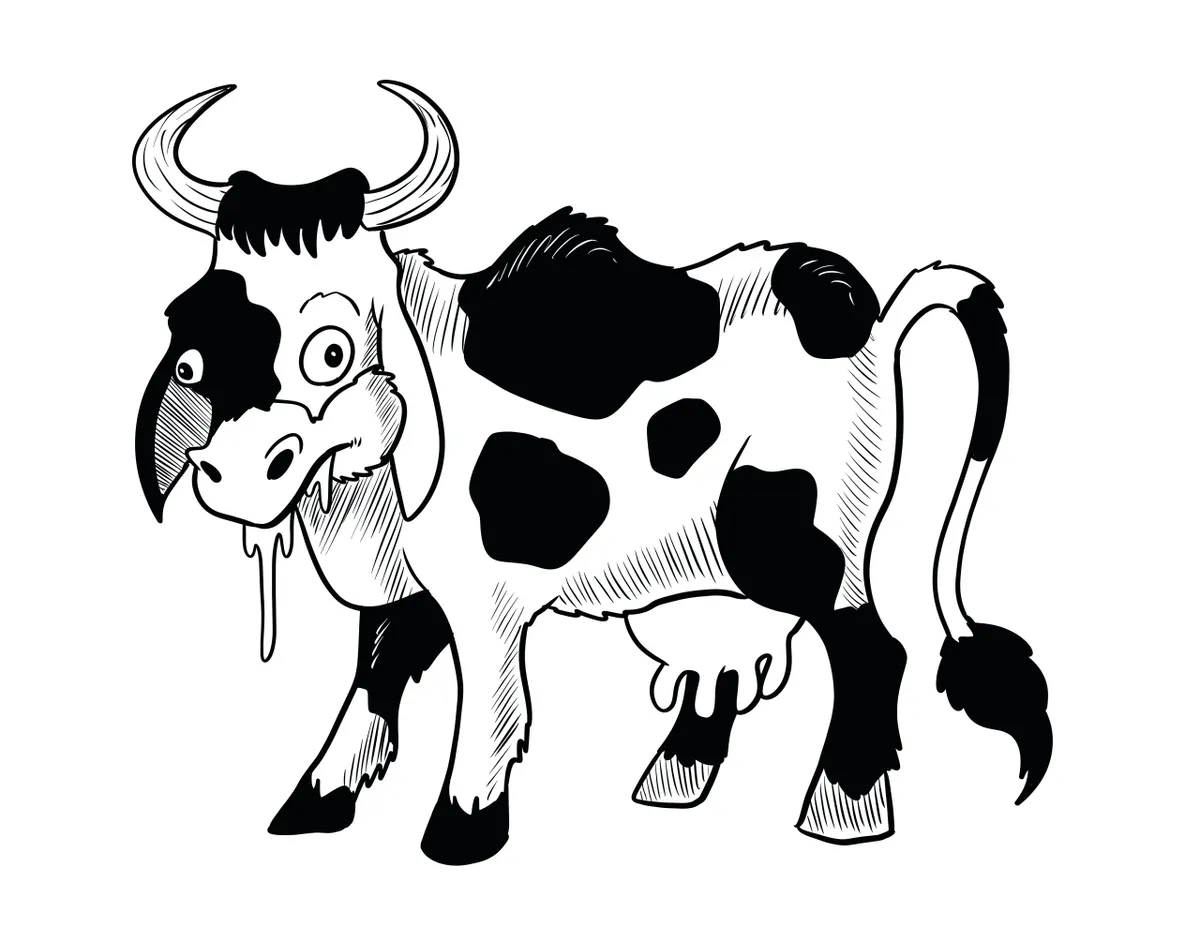
Each creature in the book is awarded a rating between zero and five slime droplets, with the latter being awarded to only one outstandingly slimy animal. As with their previous books, the authors combine their wicked humour with fascinating information.
Reviewed by Megan Shersby, editorial and digital co-ordinator, BBC Wildlife
Main image: Teenager reading. © Getty Images





